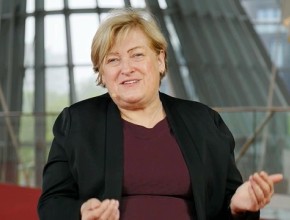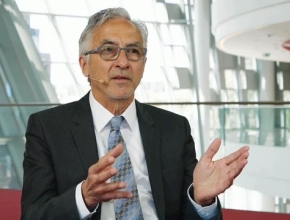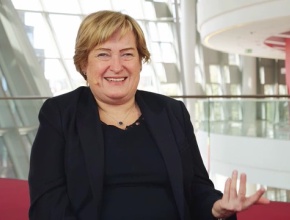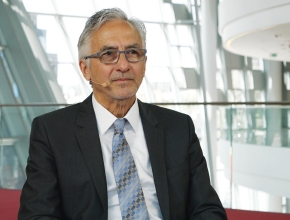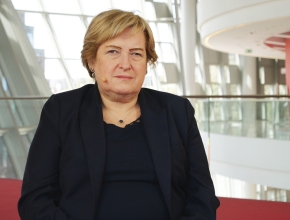Should we modify treatment in patients with asthma who develop irreversible airway obstruction?
Paul O’Byrne: Asthma–chronic obstructive pulmonary disease (COPD) overlap is not a term that I particularly use myself, and it is partly because of this exact reason that we know from many studies that some asthmatics will develop fixed irreversible airflow obstruction. Never having smoked, never being exposed to atmospheric pollutants that might put them at risk of COPD, but yet they have fixed airflow obstruction. Those patients should be treated just as any other asthmatic is, with inhaled corticosteroids as the primary therapy, often with the addition of a long-acting beta-agonist (LABA), and then, eventually, if that is not working, tiotropium or something else, like a biologic. That treatment approach is true for all asthmatics, even if they have fixed airflow obstruction—or not.
It is a little different in people who have COPD because of smoking but also have some reversibility. What do you do with those patients? That is a very difficult question to answer because the algorithm for treatment, of course, as you know, coming from the Global Initiative for Chronic Obstructive Lung Disease (GOLD) strategy document, would recommend bronchodilators as the first-line therapy approach and inhaled steroids much later.
In my opinion, it is quite important to be careful how we use that term. If somebody is thought to have asthma, even if they do have fixed airflow obstruction and are smokers, inhaled steroids still have to be the mainstay of their treatment.
 English
English
 Español
Español
 українська
українська


